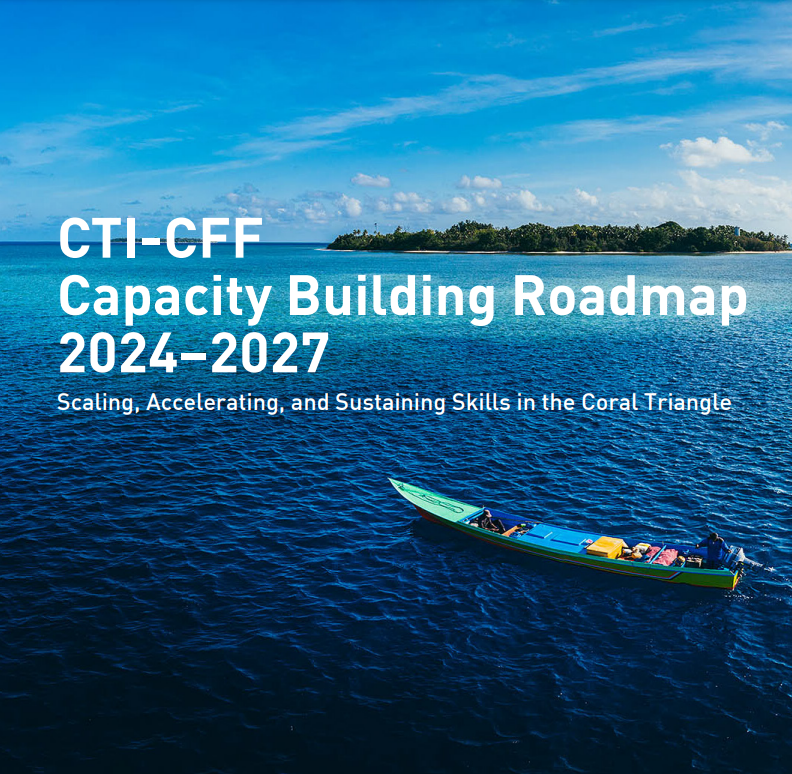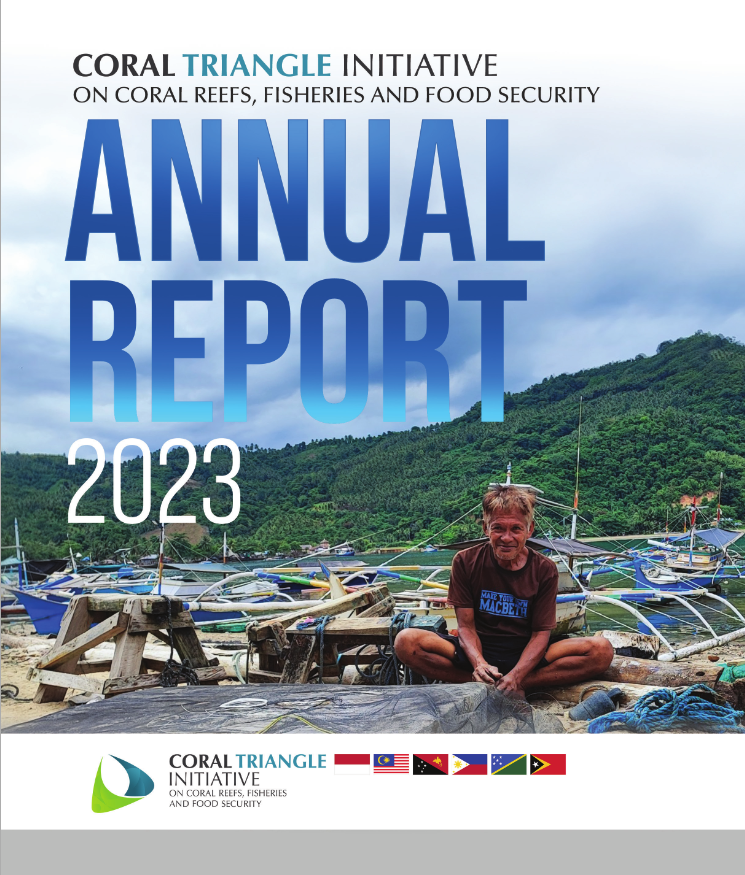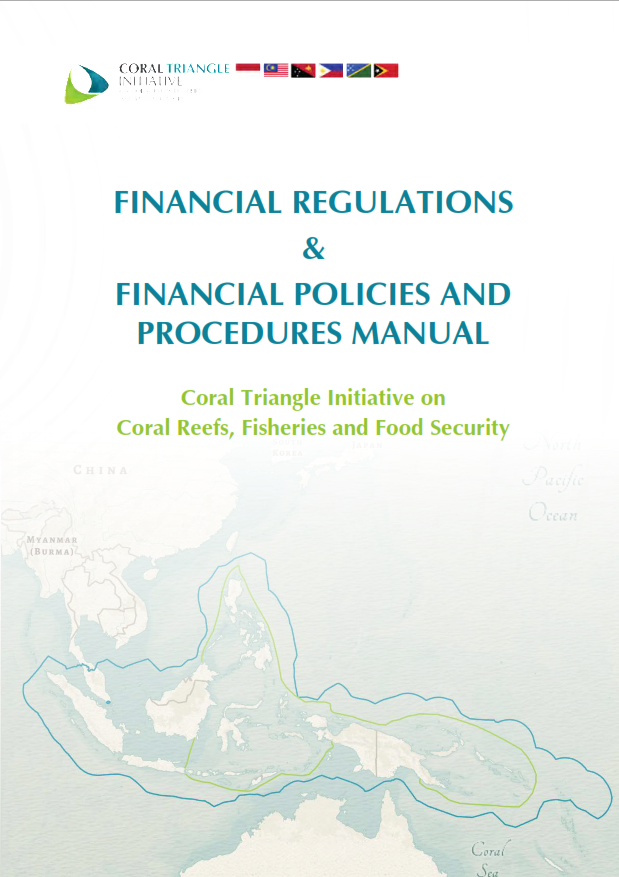Designing Marine Reserves for Fisheries Management, Biodiversity Conservation, and Climate Change Adaptation
| # | Documents | Filesize |
|---|
Overfishing and habitat destruction due to local and global threats are undermining fisheries, biodiversity, and the long-term sustainability of tropical marine ecosystems worldwide, including in the Coral Triangle. Well-designed and effectively managed marine reserve networks can reduce local threats, and contribute to achieving multiple objectives regarding fisheries management, biodiversity conservation and adaptation to changes in climate and ocean chemistry. Previous studies provided advice regarding ecological guidelines for designing marine reserves to achieve one or two of these objectives. While there are many similarities in these guidelines, there are key differences that provide conflicting advice. Thus, there is a need to provide integrated guidelines for practitioners who wish to design marine reserves to achieve all three objectives simultaneously. Scientific advances regarding fish connectivity and recovery rates, and climate and ocean change vulnerability, also necessitate refining advice for marine reserve design. Here we review ecological considerations for marine reserve design, and provide guidelines to achieve all three objectives simultaneously regarding: habitat representation; risk spreading; protecting critical, special and unique areas; reserve size, spacing, location, and duration; protecting climate resilient areas; and minimizing and avoiding threats. In addition to applying ecological guidelines, reserves must be designed to address social and governance considerations, and be integrated within broader fisheries and coastal management regimes.
- Subject:
- Marine Protected Areas
- Type:
- Reports and Studies



